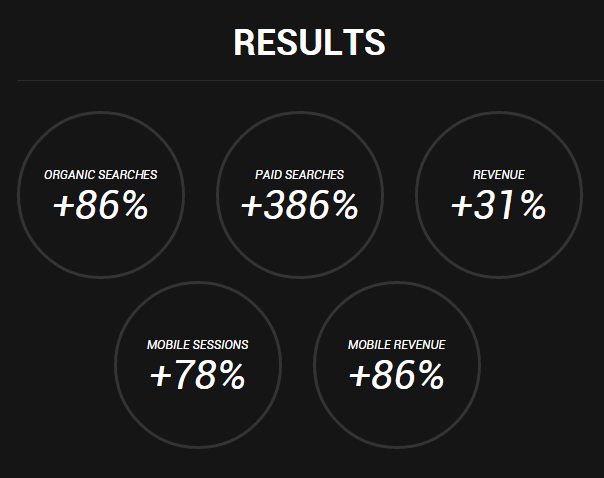Middle of Funnel Content (original) (raw)
Table of Contents: How to Create Content That Will Move Your Leads through the Sales Funnel
- How does content marketing fit into the sales funnel?
- Top-of-funnel content
- Middle-of-funnel content
- Bottom-of-funnel content
- Determining what to create
- Creating your content
- After you publish
Not only will this familiarize potential clients with your product, but it will also make them more knowledgeable about why they need it – before ever even speaking with your sales team. Additionally, middle-of-funnel content can be used to capture leads. If you have an email newsletter, you may want to include the opt-in on these pages. But what exactly should the content be?
Case studies
If you offer a service, show potential clients exactly what it is in a case study. Depending on what you do, it might be difficult to explain without concrete examples, and case studies not only make it easy to understand, but they also serve as proof that you are successful at what you do.
If you’re having trouble visualizing how this might look, check out the case study we did on CJ Pony Parts. We include details on every aspect of the project (complete with before-and-after screenshots), plus specific statistics relating to their results.

While this can take some time to put together, and you’ll definitely want to get permission from your clients before highlighting the work you did for them on your site, it can be a great way to build up potential clients’ confidence in your work.
Videos
Videos require a bit more effort than written content, but can be much more effective at persuading your site visitors. Anyone can type out a few pages of text, but video provides visual proof, and that’s much more compelling.
The subject matter of your videos really depends on your industry, but think about what people might want to see. If you sell specific products, create demos of them in action. If you offer a service like construction, film your employees in action. And if you offer something that doesn’t translate well to video, you may need to get creative.
In our case, we chose to film some client testimonials. It’s difficult to give a visual representation of marketing (because who wants to look at a video of client reports?), but our clients are the most important part of what we do.
However, if you sell specific products, videos can be a great way to show them off in a more interesting way than photos. Tactics Boardshop, for example, posts product reviews of almost every new item they get in their store:

Watching people actually wear shoes and use snowboards is much more compelling than a photo of a shoe or board sitting in a store, and while videos take a bit more effort to create, the payoff can be huge if they are effective in making site visitors want to buy the products featured in them.
Pricing information
Providing pricing information on your site is (in theory) much simpler than creating case studies or videos, but many businesses do not do it. With the exception of companies who sell specific products, many choose to keep their pricing information private until a lead contacts them.
The reasons for this practice vary, but the main ones seems to be that for companies that vary their pricing by project, they don’t want to throw numbers up on their site and be held to them by clients. That’s understandable. But here’s the thing: customers want prices.
By including them on your site in the form of charts, scales, or handy tools like the one we put together for estimating web design costs, you can give customers an idea of what to expect. This can alleviate some of the fear they might have in contacting you, and increase the chances that they take the next step. If your goal is to move them through the sales funnel, eliminating any sense of uncertainty can be extremely effective.